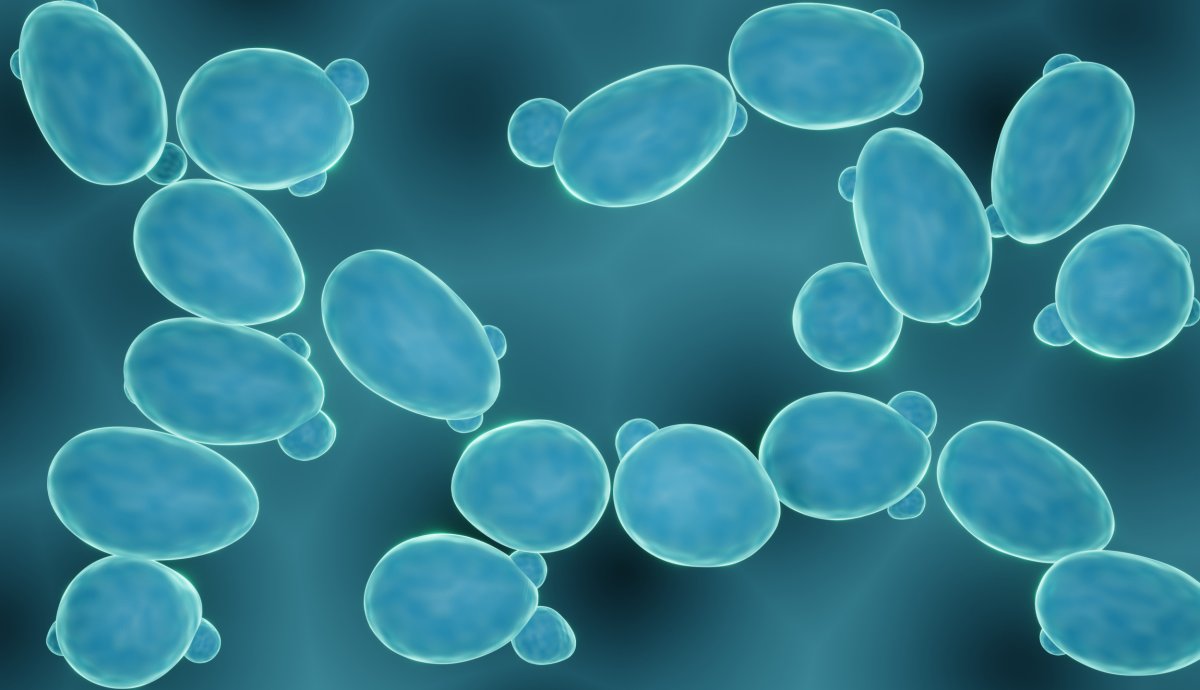What if it was possible to stop the biological clock or at least rewire it?
A research team from the University of California, San Diego, has done just that by hijacking a genetic pathway involved in cellular aging, increasing longevity by over 80 percent.
Most of us see aging as an inevitable process of life, but some scientists are beginning to consider it a disease that we can treat or at least delay. Many factors contribute to aging. Some of them are environmental, like smoking, diet and pollution, but others are deeply entrenched in the way our cells are programmed.
Each of our cells acts as a tiny molecular factory that carries out all of the essential processes our bodies need to survive. The problem is that these chemical reactions can produce dangerous waste products, which build up over time and can damage our DNA and other cellular components.
Eventually, these damaged cells may start producing inflammation or turn into cancerous tumors. As a result, our bodies have developed programmed methods to shut these cells down before they can cause any problems.
"Many interacting, signaling components control cellular dynamics and the commitment to age-associated states," Howard Salis, an associate professor of biological and chemical engineering at Penn State University, told Newsweek. "Synthetic biology provides advanced design algorithms and genome engineering techniques to engineer new genetic circuitry to rewire those cellular dynamics to prevent the commitment to aging."
In the University of California study, published in the journal Science on April 27, the research team—led by postdoctoral researcher Zhen Zhou—used yeast cells as a model for the aging process.
"The natural genetic circuitry inside yeast cells causes them to commit to an age-associated state. [In other words] they become aged cells," Salis said.
The study shows that "new, engineered genetic circuitry can be introduced into yeast cells to delay that commitment to aging for a relatively long time," he said.

In yeast, cellular aging is controlled by a genetic switch that either causes fragmentation of the cell's protein-making machinery or dysfunction of the cell's energy-producing powerhouses—the mitochondria. Either one of these pathways will lead to the cell's eventual demise, and it is mostly random as to which "deterioration pathway" is pursued.
The genetic switch that mediates these pathways is controlled by two molecules: one that drives the decline of the cell's protein-making machinery and the one that is associated with the function of the mitochondria.
In a normal cell, these molecules repress each other's expression, such that the presence of one prevents the production of the other. As the concentration of one molecule rises, the concentration of the other will decrease until eventually the cell is forced to "commit" to one of the deterioration pathways.
However, in Zhou's study, a new genetic circuit was created to allow the cells to oscillate between high levels of each of these molecules, preventing them from committing to either age-associated pathway. These engineered cells lived for 82 percent longer than those that had not been tampered with, indicating a clear increase in longevity.
While this study was performed using a tiny, single-celled fungus that is used to make bread, the results are still an exciting proof of concept that could be applicable to human cells. Salis detailed the importance of this study in a perspective piece in the same journal.

"There are many cellular pathways in yeast cells that are widely conserved and appear in human cells as well," Salis said. "Human cells do have more pathways with more interlocking feedback loops. But, importantly, the same/similar techniques can be applied to study and modify pathways in both organisms."
He continued: "Human cells also contain similar, but more complex, natural genetic circuitry that causes them to commit to age-associated states, which means that it can be possible to rewire those natural genetic circuits to delay aging in the same way."
This cellular reprogramming is not a quick aging fix that could mean immortality, but it could be used to delay the onset of age-associated diseases. "A feasible goal would be to lower the risk and morbidity of cancer, Type 2 diabetes and other age-associated diseases in healthy individuals so that human longevity becomes more uniformly high," Salis said.
The study's researchers, he said, have "demonstrated a road to understanding and controlling cellular aging...to pinpoint the tunable knobs and swappable wires that can be manipulated to redirect a cell's natural dynamics away from aging and toward the maintenance of healthy cell states."
Uncommon Knowledge
Newsweek is committed to challenging conventional wisdom and finding connections in the search for common ground.
Newsweek is committed to challenging conventional wisdom and finding connections in the search for common ground.
About the writer
Pandora Dewan is a Senior Science Reporter at Newsweek based in London, UK. Her focus is reporting on science, health ... Read more
To read how Newsweek uses AI as a newsroom tool, Click here.








